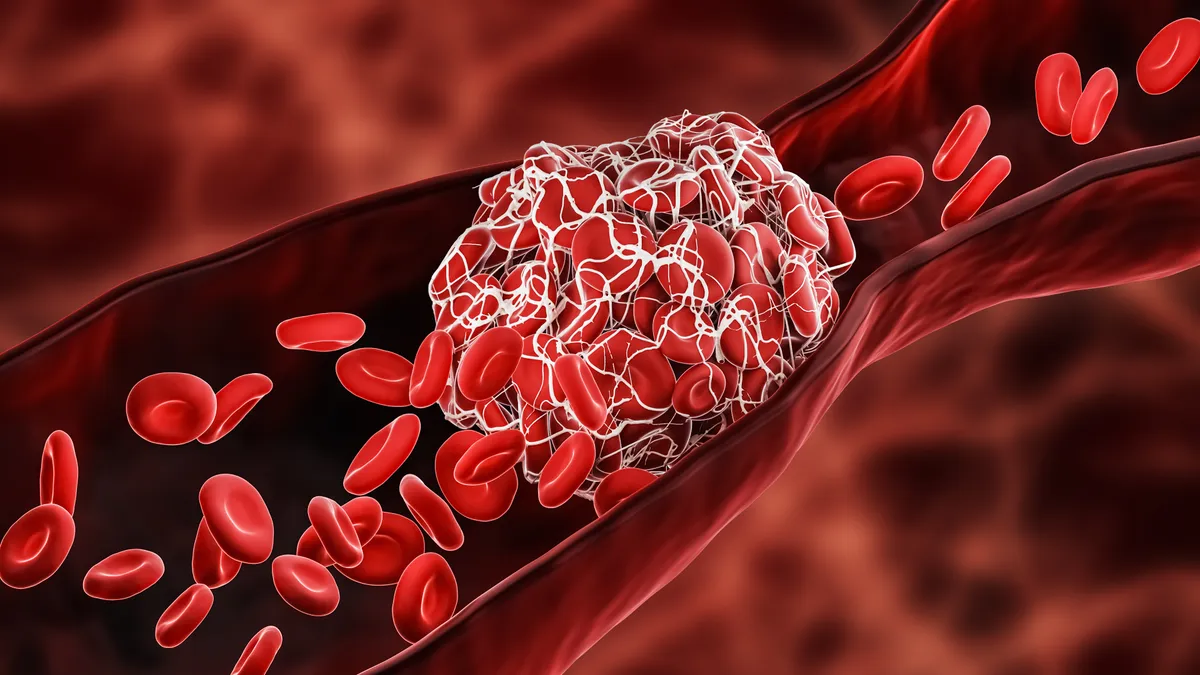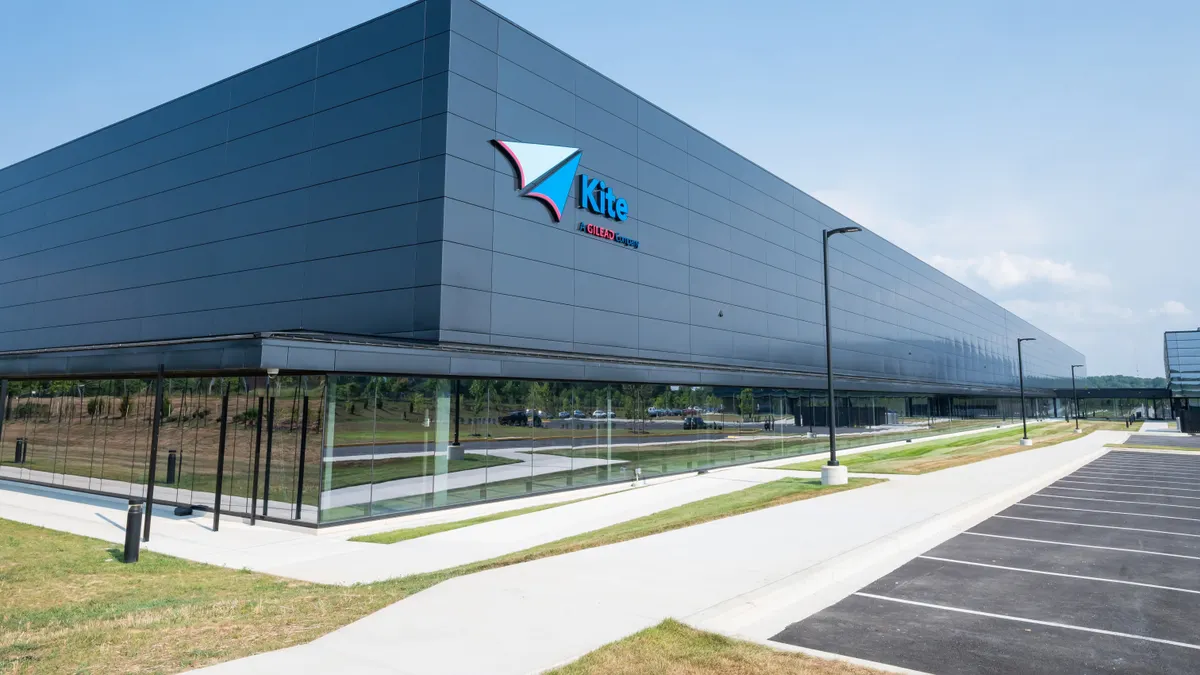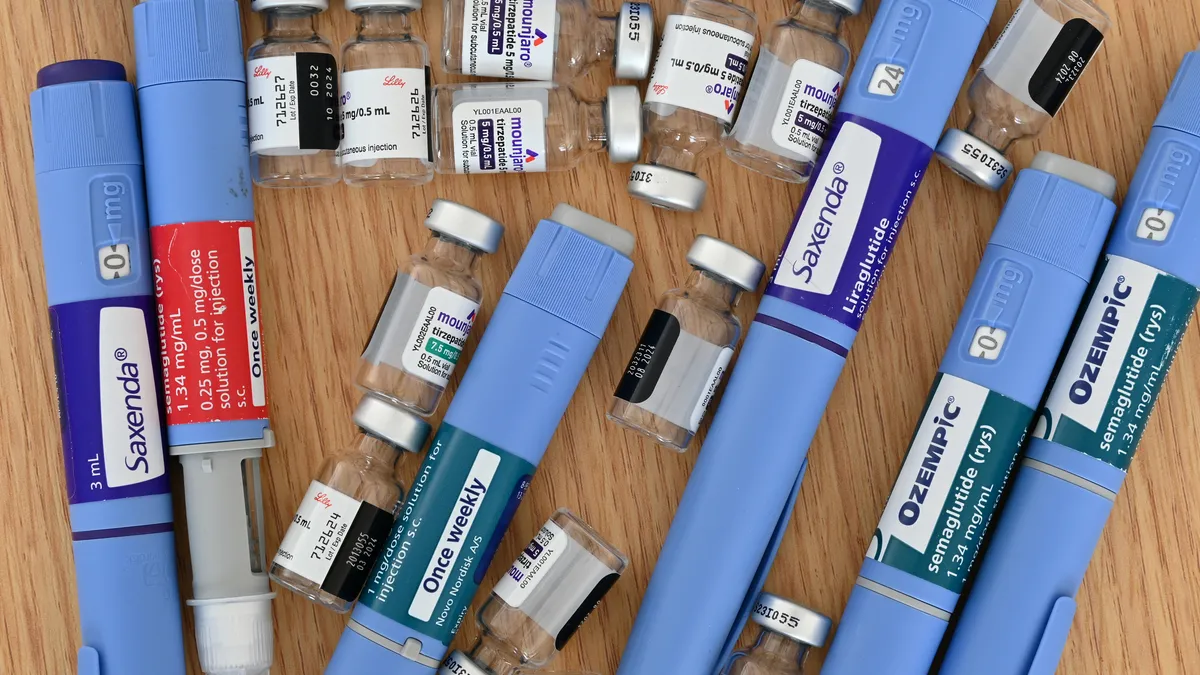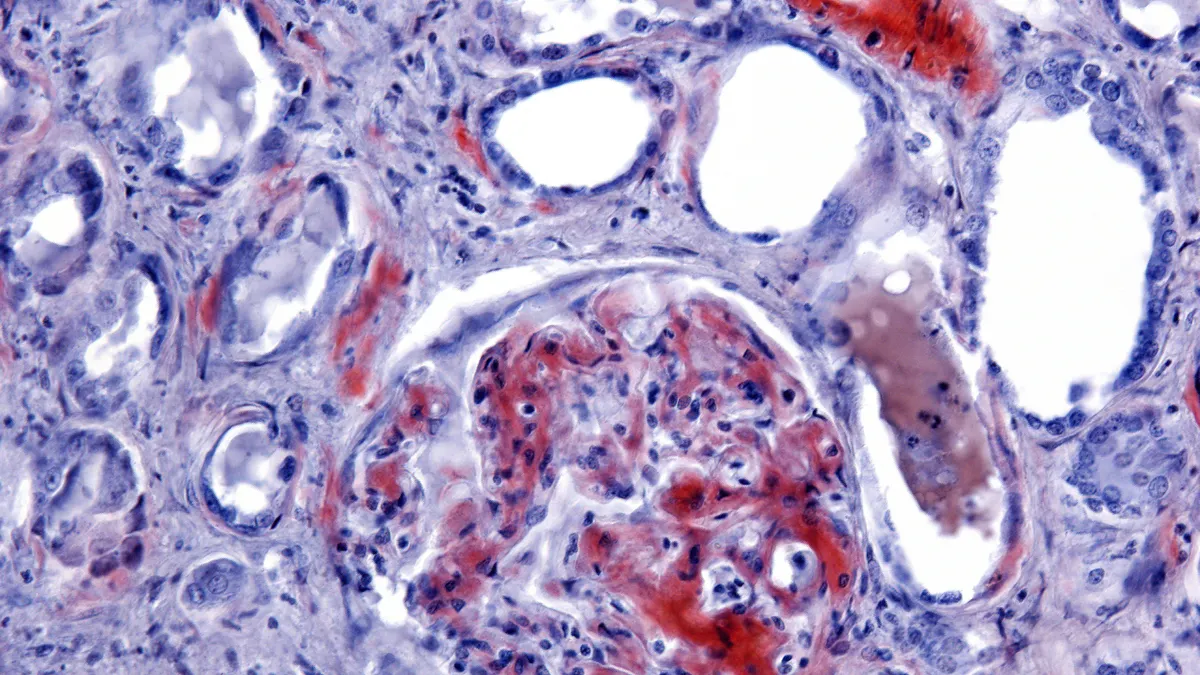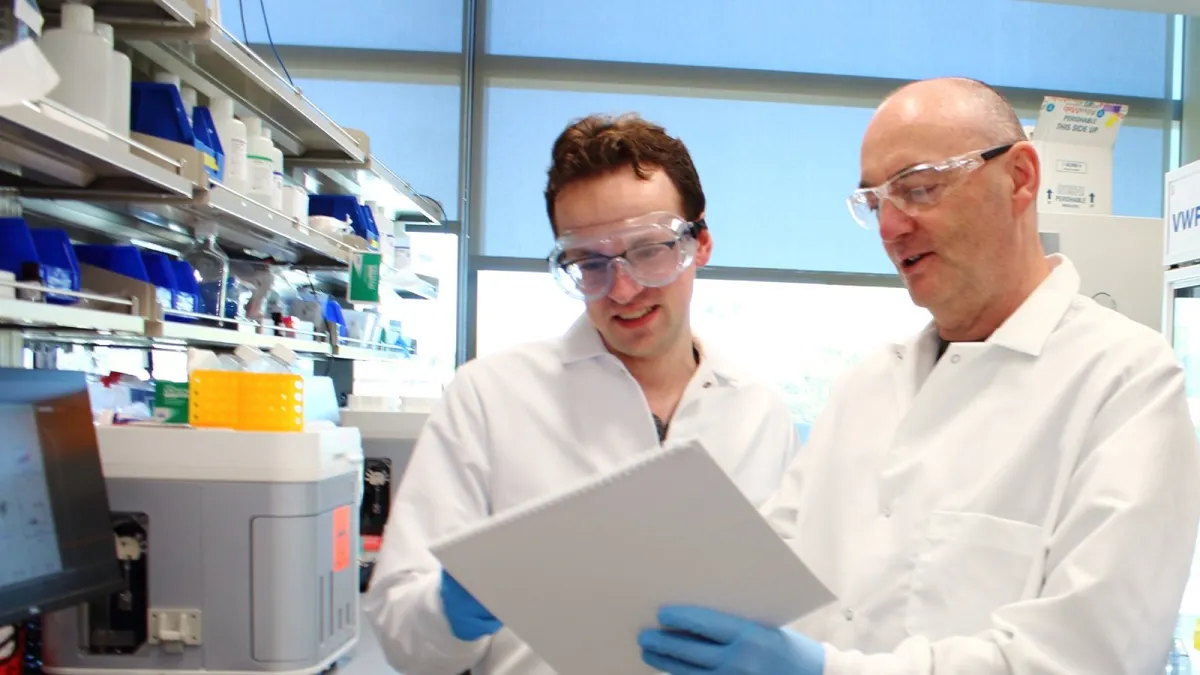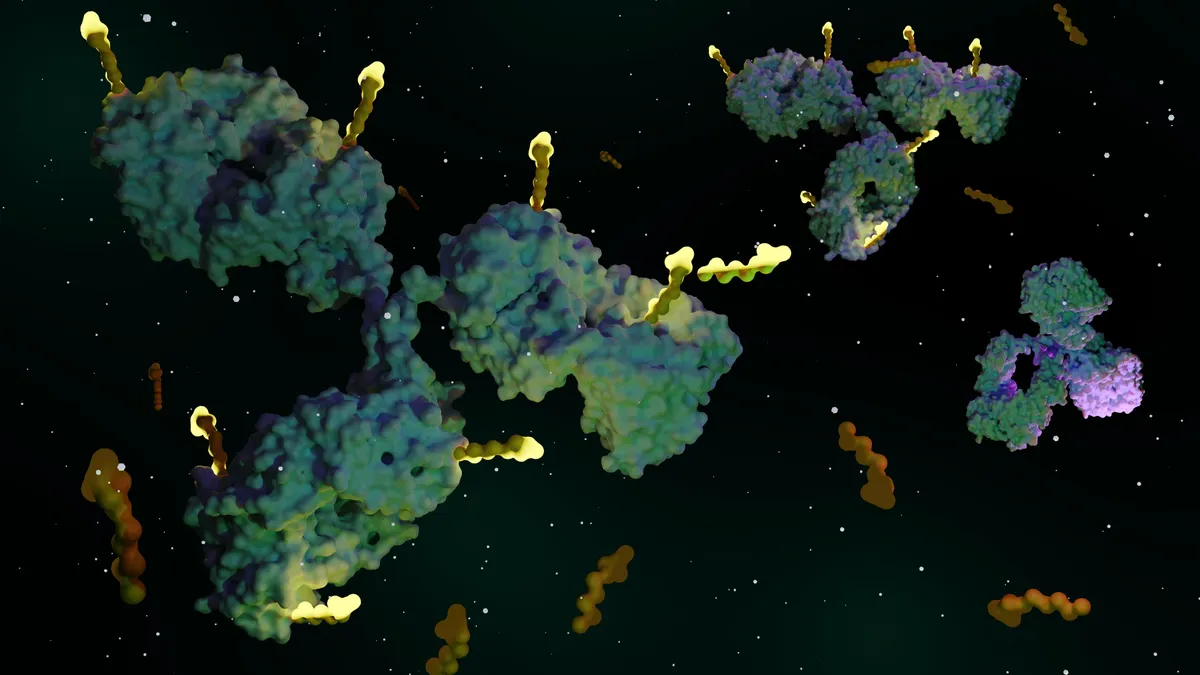Star Therapeutics has raised $125 million in new venture funding that will help propel its experimental blood disease drug through late-stage testing.
Initially formed as a “hub-and-spoke” biotech intending to build single-drug offshoots, Star is now primarily focused on a singular program for the blood disorder Von Willebrand disease. The company spun out one subsidiary, Electra Therapeutics, and has taken its top program, VGA039, from preclinical development to a Phase 3 trial, according to CEO and founder Adam Rosenthal.
Von Willebrand disease is the most common bleeding disorder, affecting up to 1% of the U.S. population, according to the Centers for Disease Control and Prevention. Like hemophilia, the disease prevents the blood from clotting properly, leading to frequent bleeding episodes that can “be really severe and disruptive to daily life,” Rosenthal said.
The treatment landscape for hemophilia has changed dramatically in recent years with the introduction of more convenient and longer-lasting preventive therapies. But innovation has moved more slowly in Von Willebrand, which is still largely treated with replacement clotting factors that require frequent infusions or injections.
The pace appears to be picking up, however. The Food and Drug Administration expanded the use of a Takeda drug for Von Willebrand in September. Star’s VGA039 is in advanced testing, as is Roche’s hemophilia drug Hemlibra. Privately held Hemab Therapeutics has a therapy in early development, too.

“There hasn't been any innovation because there hasn't been that recognition of the disease burden and the market potential, and I think now that is starting to change,” Rosenthal said.
Star is hoping VGA309 can become for Von Willebrand what Hemlibra — one of Roche’s best-selling drugs — is for hemophilia. Like Hemlibra, VGA309 is a preventive antibody drug that’s meant to prevent bleeds for longer than available therapies and be administered through a subcutaneous injection. The drug is designed to target a molecule known as protein S, which, in turn, boosts the generation of a blood-clotting enzyme called thrombin.
Unlike Hemlibra and Hemab’s drug prospect, though, VGA309 might also be useful regardless of the type of Von Willebrand a patient has.
“We can treat all types of patients, and all types of bleeds,” Rosenthal said. “We're still in generation 1.0 and we're hoping to leapfrog all that incremental innovation and go straight to a subcutaneous therapy.”
Star presented interim results from an early-stage study at the American Society of Hematology meeting last year. The findings “got the attention of a lot of investors,” Rosenthal said, and the company began pursuing a new funding round shortly afterwards.
A Phase 3 trial began in September. Star is also exploring VGA039’s potential in other blood disorders, though it hasn’t yet disclosed specifics.
Eighteen investors participated in Star’s Series D round, which was co-led by Sanofi Ventures and Viking Global Investors. In a statement announcing the financing, Sanofi Ventures managing director Jason Hafler called VGA039 “a compelling opportunity.”
Rosenthal said the company is open to commercializing VGA039 on its own or teaming with a pharmaceutical partner. Star hasn’t ruled out an initial public offering either, he added.
“It’s one of those rare circumstances where the market potential is so big, but the spend to get to market is actually quite small,” Rosenthal said. “It's something that an independent biotech can very easily do on their own.”
Star has raised more than $300 million since its inception in 2018, including a $90 million Series C round in 2023.



